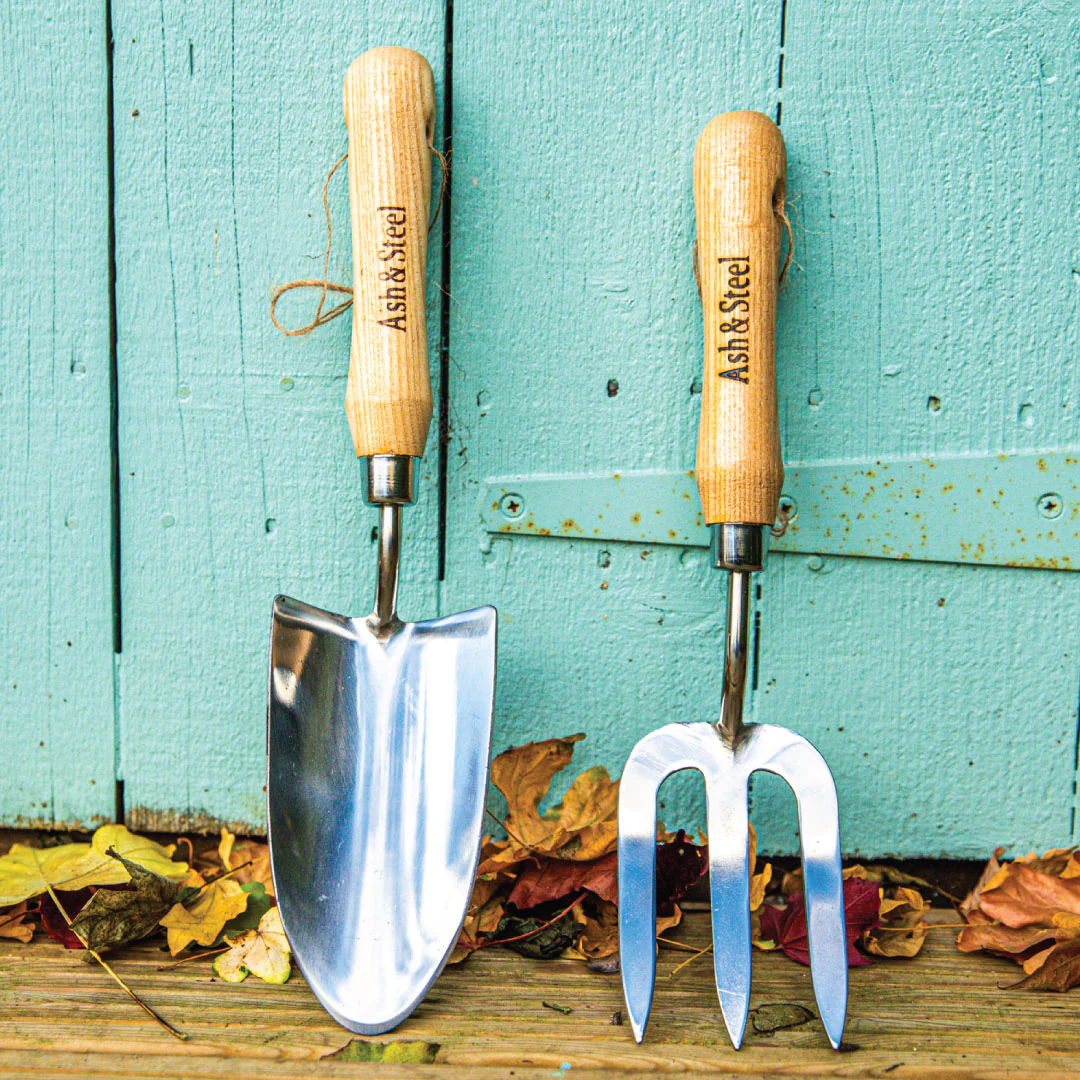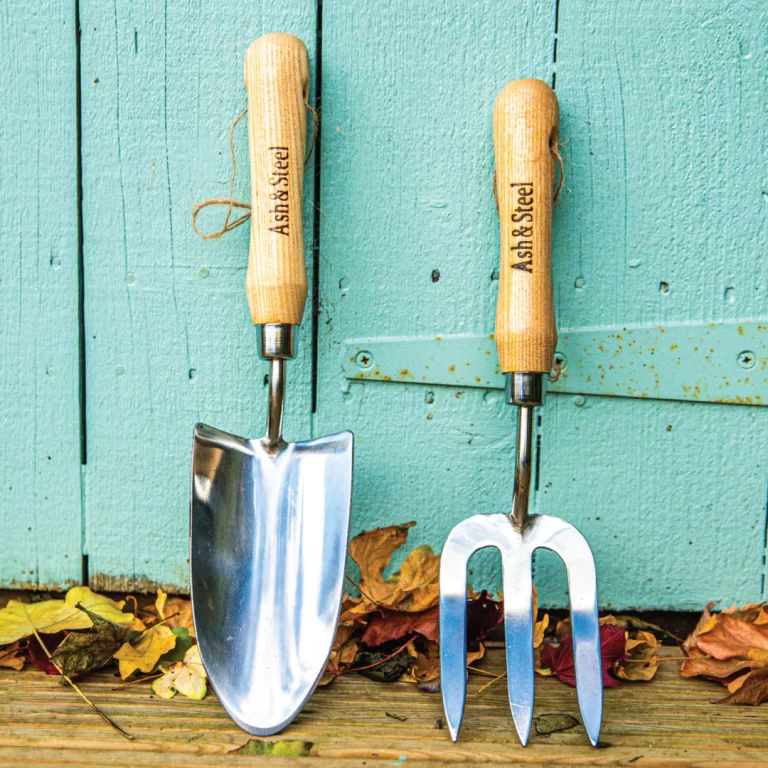
How to Clean Garden Tools
How to Clean Garden Tools: Maintaining Your Trusty Instruments
After tackling tough yardwork, your once shiny garden tools likely appear grimy, rusted, and dull. Proper cleaning and maintenance keeps these vital instruments performing optimally season after season. Follow this guide to easily restore tools to their former glory.
Why Clean Garden Tools?
Cleaning garden tools provides several important benefits:
- • Prevents rust and corrosion from exposure to moisture and sap
• Removes caked-on dirt that harbors bacteria/fungus
• Enables smooth operation by eliminating stuck-on debris
• Extends the lifespan of your tool investment
With basic cleaning habits, you’ll avoid constantly replacing prematurely worn tools. Plus, properly sanitized gear prevents potentially spreading plant diseases between gardens.
What You’ll Need
Gather these affordable supplies for an effective garden tool cleaning session:
- • Bucket or garden tub for soaking
• Stiff brush for scrubbing
• Cleaning rags or steel wool pads
• Mineral oil, linseed oil or WD-40
• Coarse-grit sandpaper
• Clippers or pruners for cleaning itself
You’ll also need warm water mixed with a degreasing soap like trisodium phosphate (TSP). Alternatively, use a DIY vinegar solution by combining equal parts vinegar and water.
Six Steps to Sparkling Clean Tools
1. Brush Off Debris
First, use a stiff brush to remove caked-on dirt, sap, and mud from tools before soaking. A putty knife helps dislodge stubborn gunk.
2. Soak and Scrub
Submerge tools completely in the soap/vinegar solution and allow to soak for 30-60 minutes. Scrub thoroughly using the stiff brush, steel wool pads, and cleaning rags. The soaking helps loosen residue.
3. Rinse and Dry
Once tools are scrubbed clean, rinse thoroughly under running water until no more debris appears in the water stream. Towel dry completely, including hard-to-reach crevices.
4. Sand and Sharpen
Use the coarse sandpaper to gently remove any light, surface rust from metal surfaces and pruner blades. Sharpen dulled blades on pruners, loppers and shears using a sharpening stone or grinding tool.
5. Lubricate Pivot Points
Apply a thin coat of mineral oil, linseed oil or WD-40 to hinges, pivot points, blades and wooden surfaces. The lubricant prevents future sticking and rust buildup.
6. Store Properly
Finally, clean and lubricate your garden tools after each use before storing in a cool, dry place. Proper storage prevents accelerated dulling and damage.
For Rusty Tools
If tools exhibit heavy rust and corrosion buildup, use a stiff wire brush or steel wool to scour off as much as possible before soaking. You may need a chemical rust remover product for extra-tough cases.
Other Tips
- • Disinfect tools that pruned diseased plants by soaking in a 1:9 bleach/water solution for 30 minutes
• Consider investing in stainless steel tools which resist rust and discoloration
• Replace irreparably damaged, bent or hopelessly dull garden tools
• Sharpen pruner blades annually or as needed for clean cuts
With these simple cleaning steps, your trusty garden tools will stay sharp, grime-free, and functioning optimally year after year. Devote effort now to save money and headaches down the road! Cleaning develops good habits and pride in caring for quality gear.

